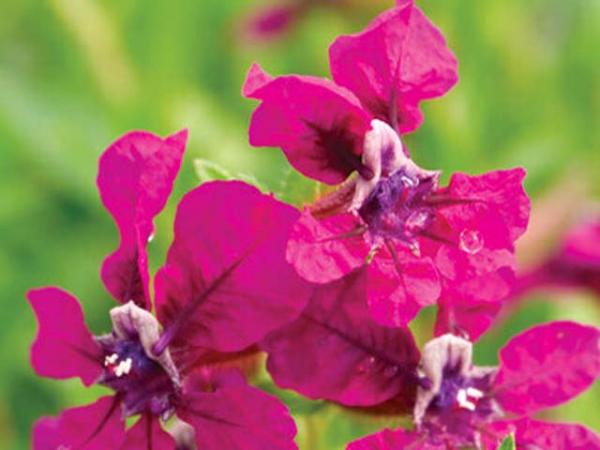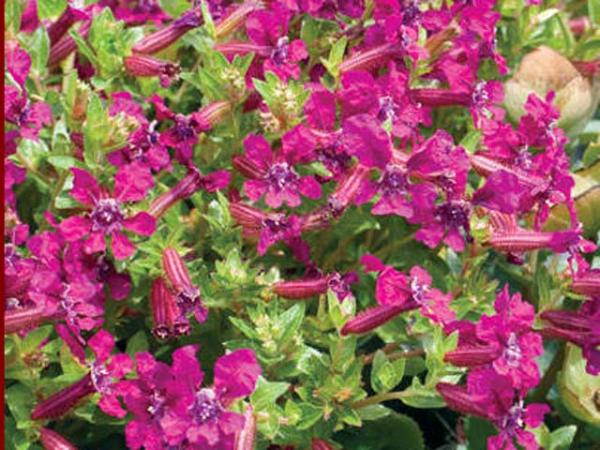Array
(
[0] => Array
(
[id] => 547
[is_published] => 1
[websiteID] => 5
[url] => /landscaping/too-much-rain.php
[page_status] => Published
[number_of_ads] => 2
[can_use_editor] => 1
[last_modified_date] => 2013-10-26 00:00:00
[last_modified_by] => Angela
[checked_for_duplicate_content] =>
[title] => Combating to much rain - 8 top tips
[heading] => Combating too much rain - 8 top tips
[meta_description] => Tips for the gardener on how to cope with lots of rain.
[article_category_1] => Landscaping
[article_category_2] =>
[article_category_3] =>
[article_category_4] =>
[article_category_5] =>
[business_category_1] => Landscaper
[business_category_2] => Nursery
[business_category_3] => Garden Designer
[business_category_4] => Landscape Architect
[business_category_5] =>
[number_of_google_mrecs] => 0
[show_google_ad_bottom_of_page] => 0
[show_get_quotes_top_of_page] => 0
[show_get_quotes_rhs_of_page] => 0
[show_directory_search_widget] => 1
[show_trending_content_widget] => 1
[show_facebook_widget] => 1
[show_further_reading_section] => 1
[show_sponsors_section] => 0
[show_top_article_ad] => 1
)
[1] => Array
(
[id] => 439
[is_published] => 1
[websiteID] => 5
[url] => /gardening/Five-best-grasses-for-australian-lawns.php
[page_status] => Published
[number_of_ads] => 4
[can_use_editor] => 1
[last_modified_date] => 2013-09-16 00:00:00
[last_modified_by] => Alan
[checked_for_duplicate_content] =>
[title] => Five best grasses for australian lawns
[heading] => Five best grasses for Australian lawns
[meta_description] => Description of the 5 best grasses for Australian lawns - including native grasses.
[article_category_1] => Gardening
[article_category_2] =>
[article_category_3] =>
[article_category_4] =>
[article_category_5] =>
[business_category_1] => Landscaper
[business_category_2] => Nursery
[business_category_3] => Garden Designer
[business_category_4] => Landscape Architect
[business_category_5] =>
[number_of_google_mrecs] => 1
[show_google_ad_bottom_of_page] => 1
[show_get_quotes_top_of_page] => 1
[show_get_quotes_rhs_of_page] => 1
[show_directory_search_widget] => 0
[show_trending_content_widget] => 0
[show_facebook_widget] => 0
[show_further_reading_section] => 1
[show_sponsors_section] => 1
[show_top_article_ad] => 1
)
[2] => Array
(
[id] => 451
[is_published] => 1
[websiteID] => 5
[url] => /gardening/growing-kangaroo-paws.php
[page_status] => Published
[number_of_ads] => 4
[can_use_editor] => 1
[last_modified_date] => 2013-09-16 00:00:00
[last_modified_by] => Alan
[checked_for_duplicate_content] =>
[title] => Growing kangaroo paws (Anigozanthos) in your garden
[heading] => Growing kangaroo paws (Anigozanthos) in your garden
[meta_description] => Learn how to grow kangaroo paws (Anigozanthos) in your garden. Article written by native gardening expert Angus Stewart.
[article_category_1] => Gardening
[article_category_2] =>
[article_category_3] =>
[article_category_4] =>
[article_category_5] =>
[business_category_1] => Landscaper
[business_category_2] => Nursery
[business_category_3] => Garden Designer
[business_category_4] => Landscape Architect
[business_category_5] =>
[number_of_google_mrecs] => 1
[show_google_ad_bottom_of_page] => 1
[show_get_quotes_top_of_page] => 1
[show_get_quotes_rhs_of_page] => 1
[show_directory_search_widget] => 0
[show_trending_content_widget] => 1
[show_facebook_widget] => 1
[show_further_reading_section] => 1
[show_sponsors_section] => 1
[show_top_article_ad] => 1
)
[3] => Array
(
[id] => 210
[is_published] => 1
[websiteID] => 5
[url] => /gardening/top-ten-native-plants.php
[page_status] => Published
[number_of_ads] => 5
[can_use_editor] => 1
[last_modified_date] => 2013-09-16 00:00:00
[last_modified_by] => Alan
[checked_for_duplicate_content] =>
[title] => top ten native plants
[heading] => Top ten native plants
[meta_description] => Native plant specialist Angus Stewart's top ten native Australian plants
[article_category_1] => Gardening
[article_category_2] =>
[article_category_3] =>
[article_category_4] =>
[article_category_5] =>
[business_category_1] => Landscaper
[business_category_2] => Nursery
[business_category_3] => Garden Designer
[business_category_4] => Landscape Architect
[business_category_5] =>
[number_of_google_mrecs] =>
[show_google_ad_bottom_of_page] =>
[show_get_quotes_top_of_page] =>
[show_get_quotes_rhs_of_page] =>
[show_directory_search_widget] =>
[show_trending_content_widget] =>
[show_facebook_widget] =>
[show_further_reading_section] => 1
[show_sponsors_section] => 0
[show_top_article_ad] => 1
)
)
Plant description
Cuphea llavea 'Cha Cha' is a decorative flowering subshrub, and is a tropical to sub tropical perennial. It has flamboyant bright purple-pink flowers with a contrasting darker purple face. It is a showy plant that tolerates dry conditons once established. In cooler areas may be best treated as an annual plant, unless it has a warm spot. It is good as a specimen plant, for massed plantings and as potted colour. It has a naturally compact growth habit. It prefers a sunny spot with well drained soil. It can also do well in a part shaded position, though more shade will lead to a more open growth habit. Fertilise through the warmer months with a liquid fertiliser.
Additional plant information
Flowers
Flower colour: purple pink
Flowering season: spring summer autumn winter
Plant size
Maximum height: 0.4 metres
Minimum height: not specified
Maximum width: 0.6 metres
Minimum width: not specified
Sunlight, frost & salt tolerance
This plant will tolerate full or partial sunlight.
Light frost tolerance.
Plant is not salt tolerant.
Fauna attracting?
Yes. Attracts: Butterflies, moths, bees, insects.
Climate
This plant species will grow in the following climates: temperate, subtropical, tropical.
Soil types & conditions
Loam: dry, moist, well-drained.
Clay: well-drained.
Sand: moist, well-drained.
Soil pH: 6.5-7.8
Pests
Aphids
Miscellaneous information
Planting season: Any.
Types of fertiliser: Good general purpose fertiliser.
Find a nursery
Search for another plant


